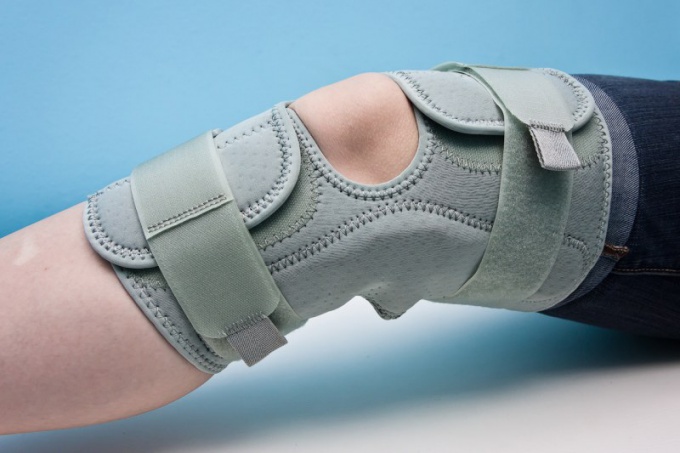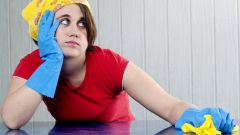In the knee joint has two meniscus: the medial (inner) and lateral (outer), United by the transverse ligament at the front of the joint.
The share of tear menisci account for 75% of all closed injuries of the knee, especially often it happens with athletes – football players, hockey players, skiers. Injuries most often damaged lateral meniscus is less mobile medial suffer less.
Distinguish full and incomplete, longitudinal and lateral meniscus ruptures, and fragmented and locutores.
Injuries to the meniscus has both acute and chronic. In the acute period to make an accurate diagnosis quite difficult, because this injury is always combined with damage to other parts of the knee – ligaments, body fat, cartilage, capsules.
The main symptom of meniscus tear – pain in the knee joint, where the victim cannot freely bend and straighten leg at the knee and cause swelling. In some cases there is a blockade of the joint, the tibia is in a fixed position. Possible hemarthrosis – bleeding into the joint cavity.
When long-standing damage to the meniscus (chronic period) during exercise or even awkward movement may resume the blockade of the knee joint, pain. Gradually, the gait is disturbed, the growing malnutrition of the muscles. On the background of long-standing damage to the meniscus can develop post-traumatic osteoarthritis.
Diagnosis of meniscus damage begins with clinical examination and radiographic examination. The menisci themselves transparent to x-rays and therefore are not visible in the pictures, but x-rays allows to eliminate the bone damage that have similar symptoms.
For the study of intra-articular structures, including the menisci themselves use magnetic resonance and computed tomography, and ultrasound.
The first thing a doctor will do damage of the meniscus is the anesthesia and puncture of the joint to remove the accumulated blood. Then, the foot is immobilized with a plaster bandage for 3-4 weeks, shall be appointed anti-inflammatory drugs. After removal of the dressing applied physiotherapy and physiotherapy.
If after conservative treatment the patient still complains of pain in the joint, it is necessary to resort to arthroscopic surgery performed closed. The arthroscope and other surgical instruments are inserted into the joint cavity through 2 puncture.
The share of tear menisci account for 75% of all closed injuries of the knee, especially often it happens with athletes – football players, hockey players, skiers. Injuries most often damaged lateral meniscus is less mobile medial suffer less.
Types and symptoms of damage to the menisci
Distinguish full and incomplete, longitudinal and lateral meniscus ruptures, and fragmented and locutores.
Injuries to the meniscus has both acute and chronic. In the acute period to make an accurate diagnosis quite difficult, because this injury is always combined with damage to other parts of the knee – ligaments, body fat, cartilage, capsules.
The main symptom of meniscus tear – pain in the knee joint, where the victim cannot freely bend and straighten leg at the knee and cause swelling. In some cases there is a blockade of the joint, the tibia is in a fixed position. Possible hemarthrosis – bleeding into the joint cavity.
When long-standing damage to the meniscus (chronic period) during exercise or even awkward movement may resume the blockade of the knee joint, pain. Gradually, the gait is disturbed, the growing malnutrition of the muscles. On the background of long-standing damage to the meniscus can develop post-traumatic osteoarthritis.
Diagnosis and treatment
Diagnosis of meniscus damage begins with clinical examination and radiographic examination. The menisci themselves transparent to x-rays and therefore are not visible in the pictures, but x-rays allows to eliminate the bone damage that have similar symptoms.
For the study of intra-articular structures, including the menisci themselves use magnetic resonance and computed tomography, and ultrasound.
The first thing a doctor will do damage of the meniscus is the anesthesia and puncture of the joint to remove the accumulated blood. Then, the foot is immobilized with a plaster bandage for 3-4 weeks, shall be appointed anti-inflammatory drugs. After removal of the dressing applied physiotherapy and physiotherapy.
If after conservative treatment the patient still complains of pain in the joint, it is necessary to resort to arthroscopic surgery performed closed. The arthroscope and other surgical instruments are inserted into the joint cavity through 2 puncture.

